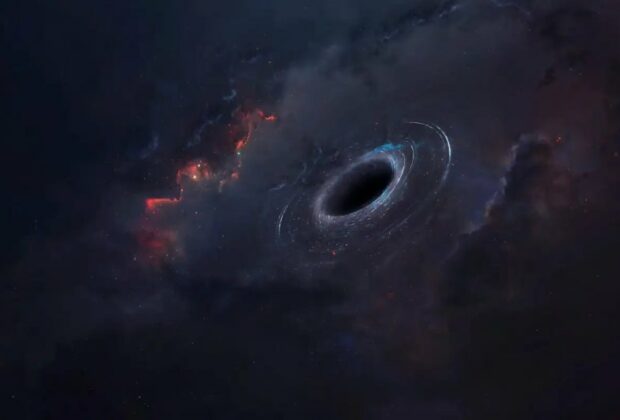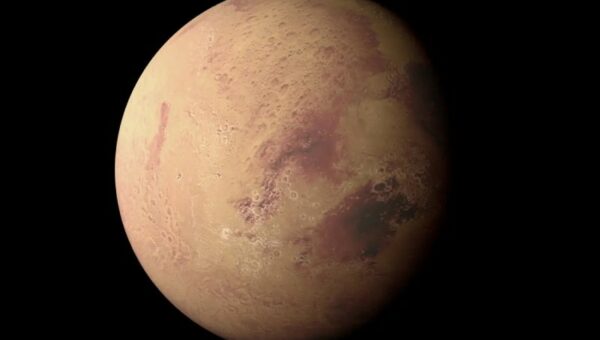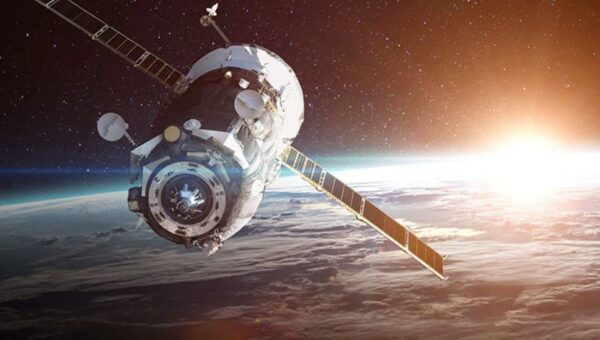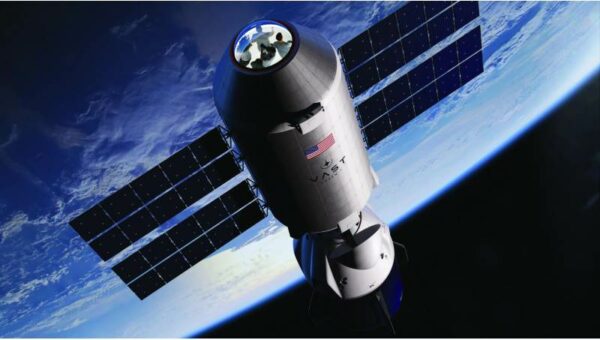Black holes with masses ranging from tens of billions to a few times that of the sun have been found by astronomers. Scientists have now predicted that a class of “featherweight” black holes that have escaped detection thus far may be discovered by NASA’s Nancy Grace Roman Space Telescope.
Black holes nowadays originate from the merger of hefty objects or from the demise of a huge star. Nonetheless, scientists surmise that in the initial chaotic moments of the early cosmos, smaller “primordial” black holes—some of which may have had masses comparable to Earth’s—may have formed.
“Detecting a population of Earth-mass primordial black holes would be an incredible step for both astronomy and particle physics because these objects can’t be formed by any known physical process,” stated William DeRocco, a postdoctoral researcher at the University of California Santa Cruz and lead researcher on a study about how Roman could find them.
The journal Physical Review D has published an article summarizing the findings. “If we find them, it will shake up the field of theoretical physics.”
Ancient Black Hole Recipe
These days, the smallest black holes originate when a huge star runs out of fuel. As nuclear fusion slows down, its outward pressure decreases, winning the tug-of-war against inward gravitational force. The star shrinks and could get so dense that it turns into a black hole.
However, a minimum mass of at least eight times that of our sun is needed. White dwarfs and neutron stars are the two eventual states of lighter stars.
However, it’s possible that circumstances in the early cosmos allowed for the formation of significantly lighter black holes. An event horizon, or the point at which falling items can no longer escape, would be roughly the width of a US dime coin for one with the mass of the Earth.
Scientists believe that during the brief but strong inflationary phase that followed the universe’s birth, space expanded faster than light. Low-mass primordial black holes might have formed under these unique circumstances if regions that were denser than their surroundings had collapsed.
Theoretically, the smallest ones should evaporate before the universe reaches its present age, but it’s possible that those with masses comparable to Earth survived.
The fields of astronomy and physics would be greatly impacted by the discovery of these tiny particles.
“It would affect everything from galaxy formation to the universe’s dark matter content to cosmic history,” stated Kailash Sahu, an astronomer at the Baltimore-based Space Telescope Science Institute who was not involved in the research. “Confirming their identities will be hard work and astronomers will need a lot of convincing, but it would be well worth it.”
Signs of Concealed Homesteaders
Already, observations have shown hints that such objects might exist somewhere in our galaxy. Wrinkles in space-time have helped identify some potential culprits, but primordial black holes would remain invisible.
Similar to how a bowling ball leaves its mark on a trampoline, the presence of mass distorts space-time, causing the observable phenomenon known as microlensing. The star’s light must travel through the twisted space-time surrounding an intervening object whenever it appears to move close to a background star from our perspective. An very close alignment may cause the object to function as a natural lens, concentrating and magnifying the light of the background star.
Utilizing data from OGLE (the Optical Gravitational Lensing Experiment) and MOA (Microlensing Observations in Astrophysics), two distinct teams of astronomers have discovered an astronomically large population of isolated Earth-mass objects. MOA is a collaboration that uses the Mount John University Observatory in New Zealand to conduct microlensing observations.
Certain masses and abundances of rogue planets—worlds that wander the galaxy unattached to a star—are predicted by theories related to planet creation and evolution. There may be more Earth-mass objects traveling around the galaxy than predicted by models, according to the MOA and OGLE observations.
“There’s no way to tell between Earth-mass black holes and rogue planets on a case-by-case basis,” DeRocco stated. But compared to ground-based telescopes, scientists anticipate that Roman will discover ten times as many asteroids in this mass range. “Roman will be extremely powerful in differentiating between the two statistically.”
Roman was able to identify how many primordial black holes DeRocco could distinguish among the rogue planets and how many rogue planets there should be in that mass range.
The discovery of primordial black holes would provide fresh insights into the early cosmos and provide compelling evidence for the existence of an early inflationary phase. It might also account for a tiny portion of the enigmatic dark matter that scientists believe comprises the majority of the mass in our universe but have not been able to detect.




